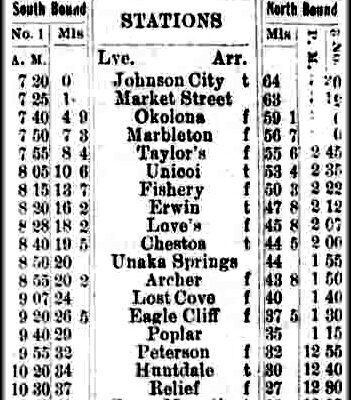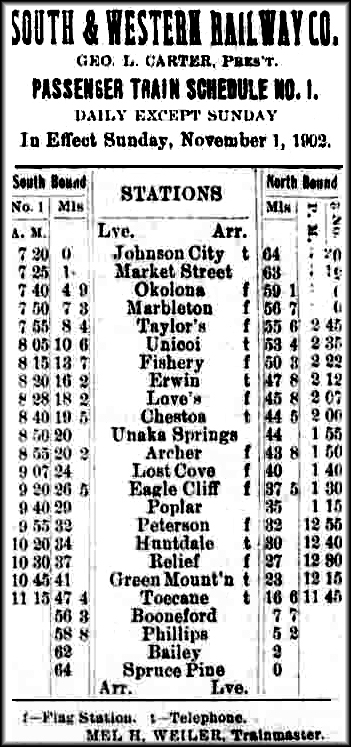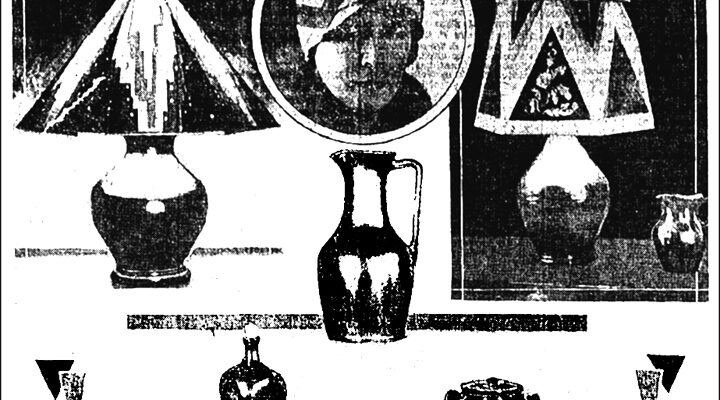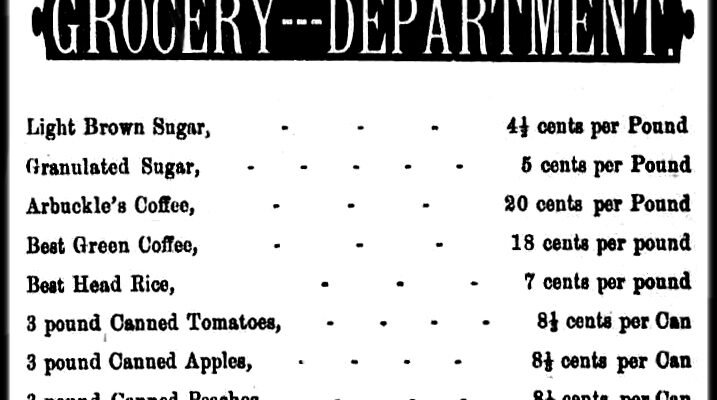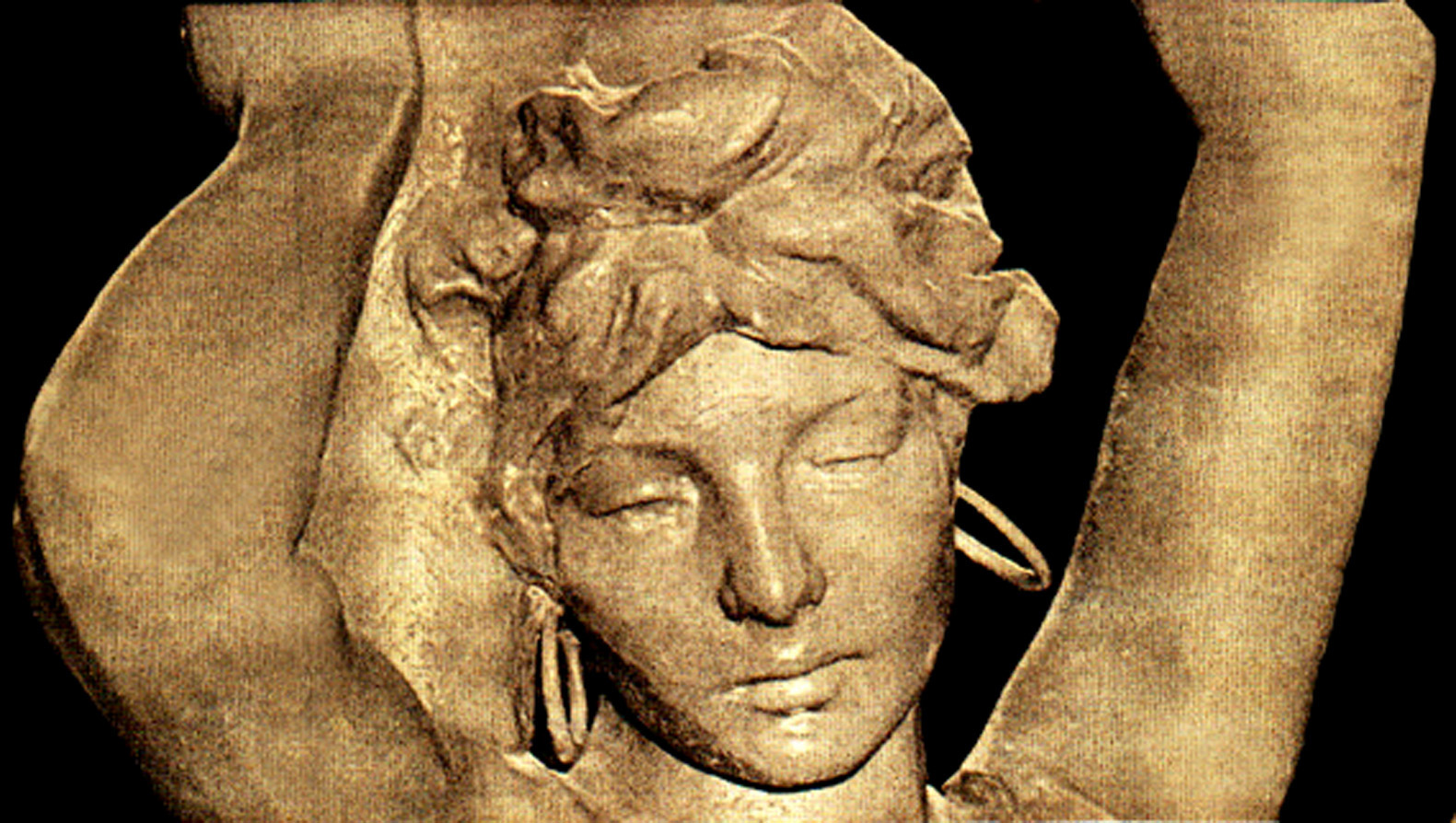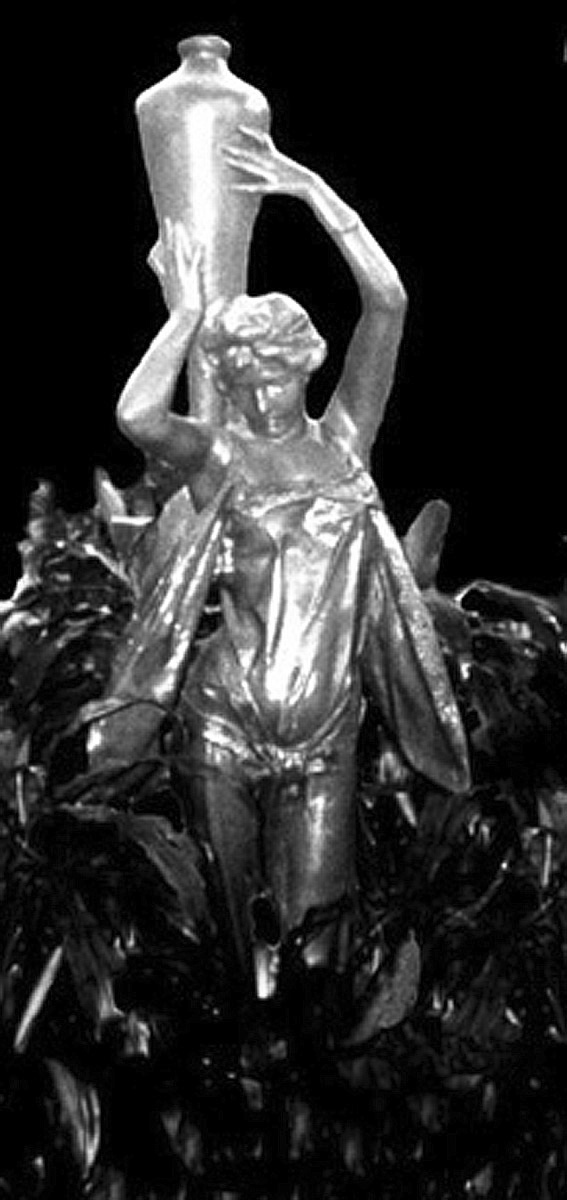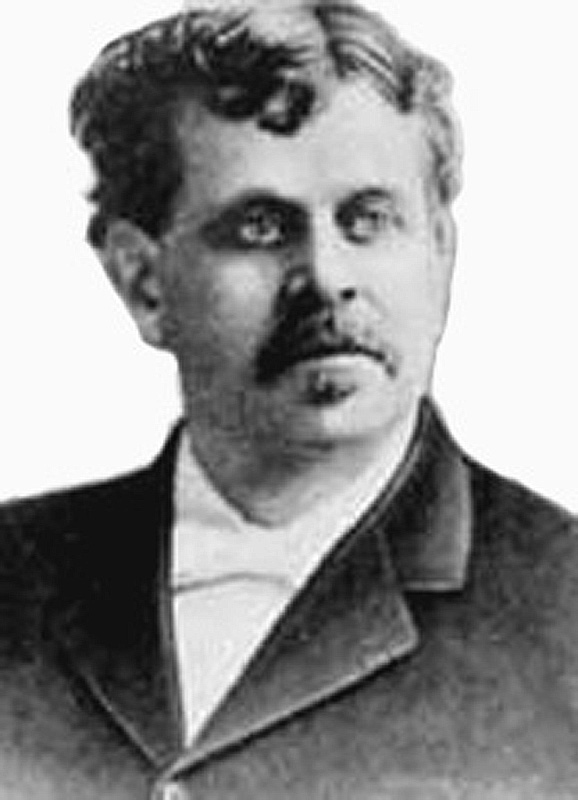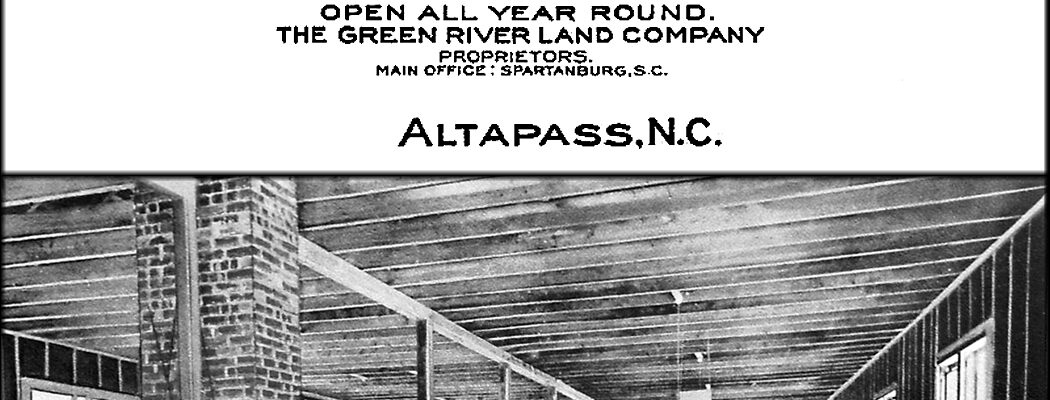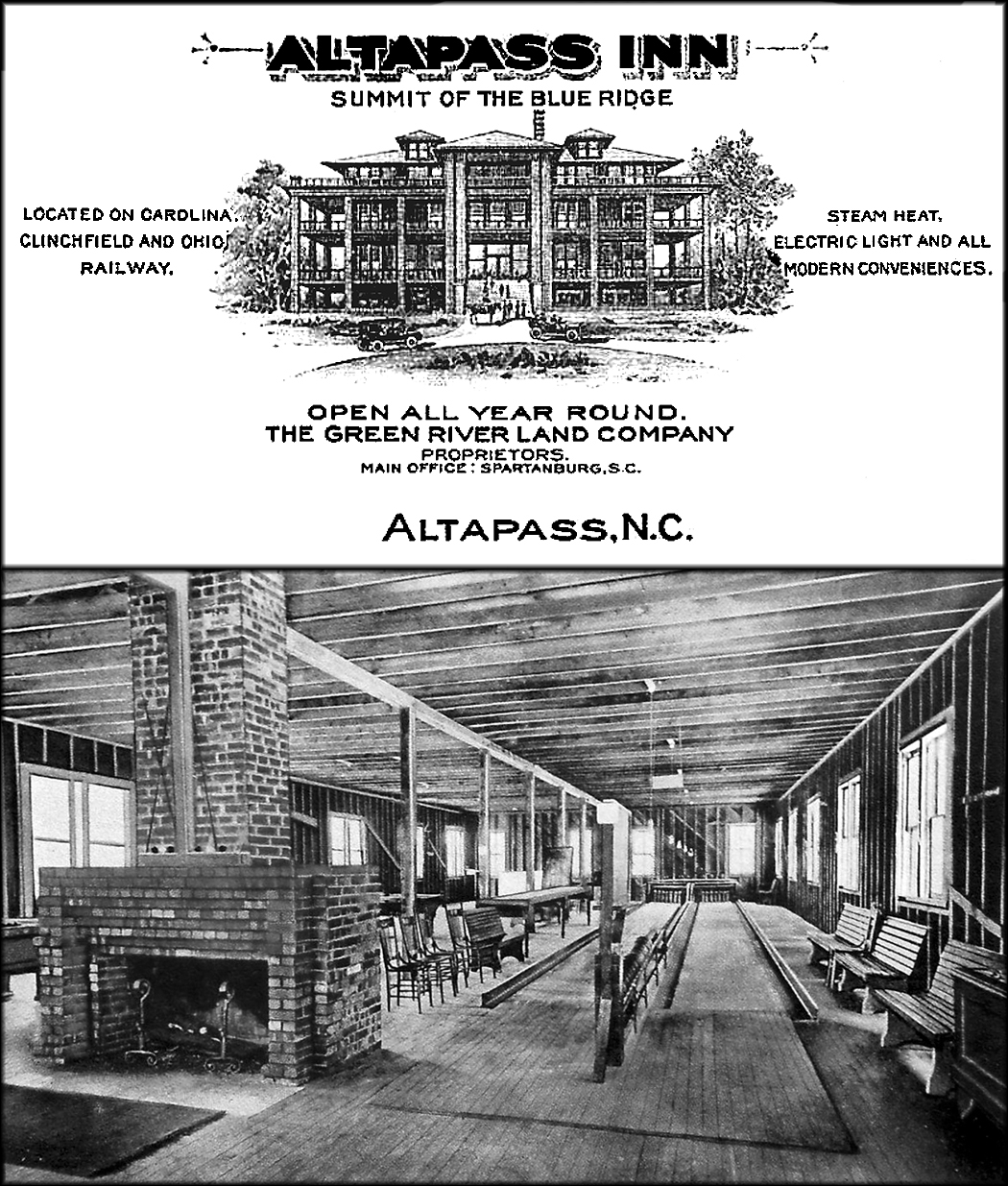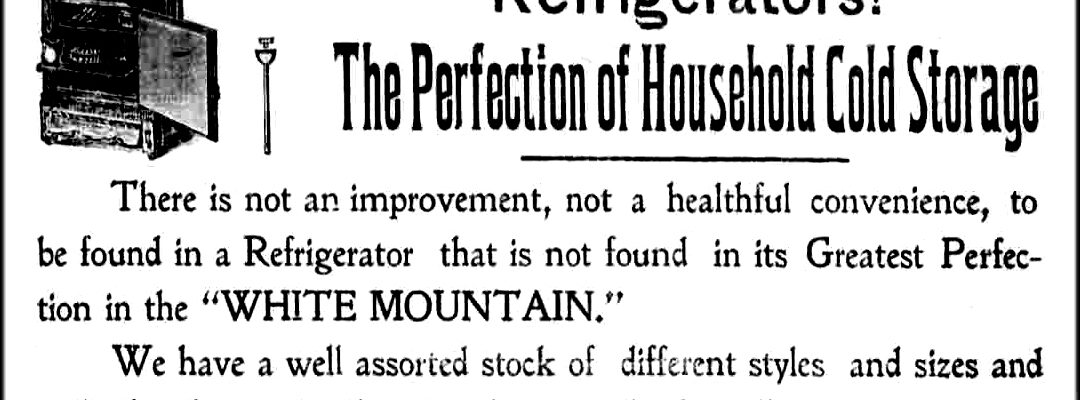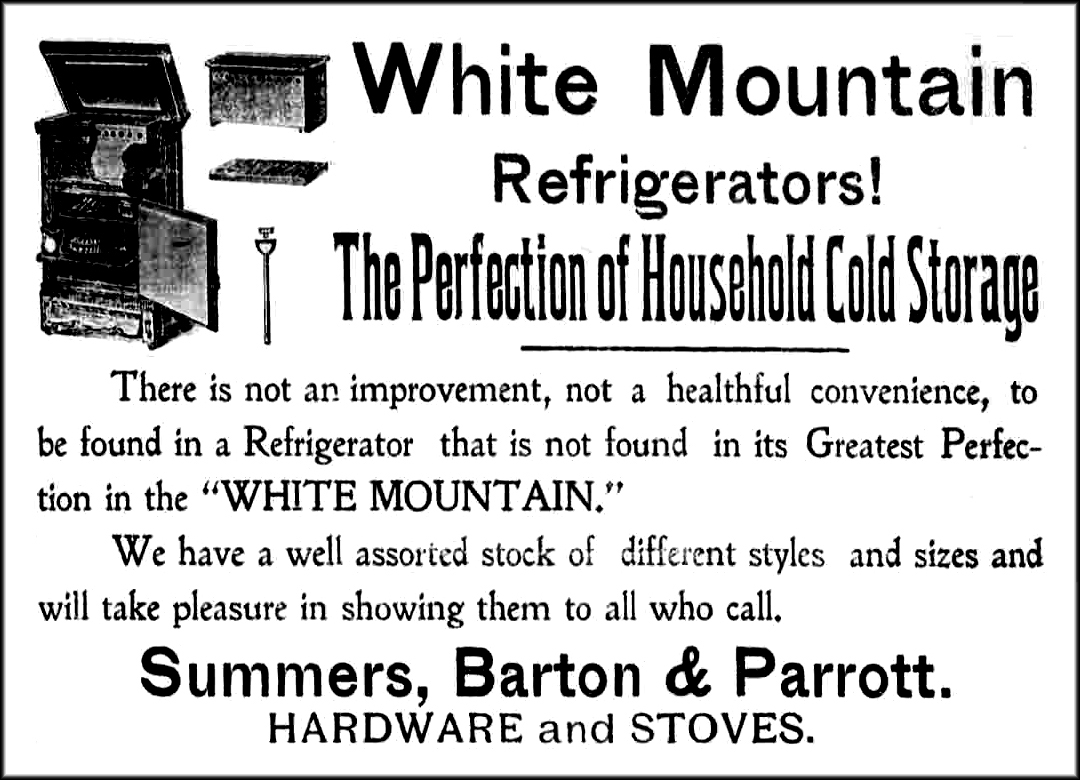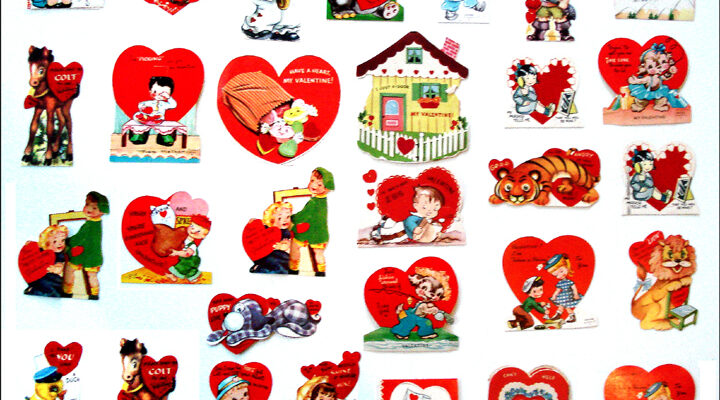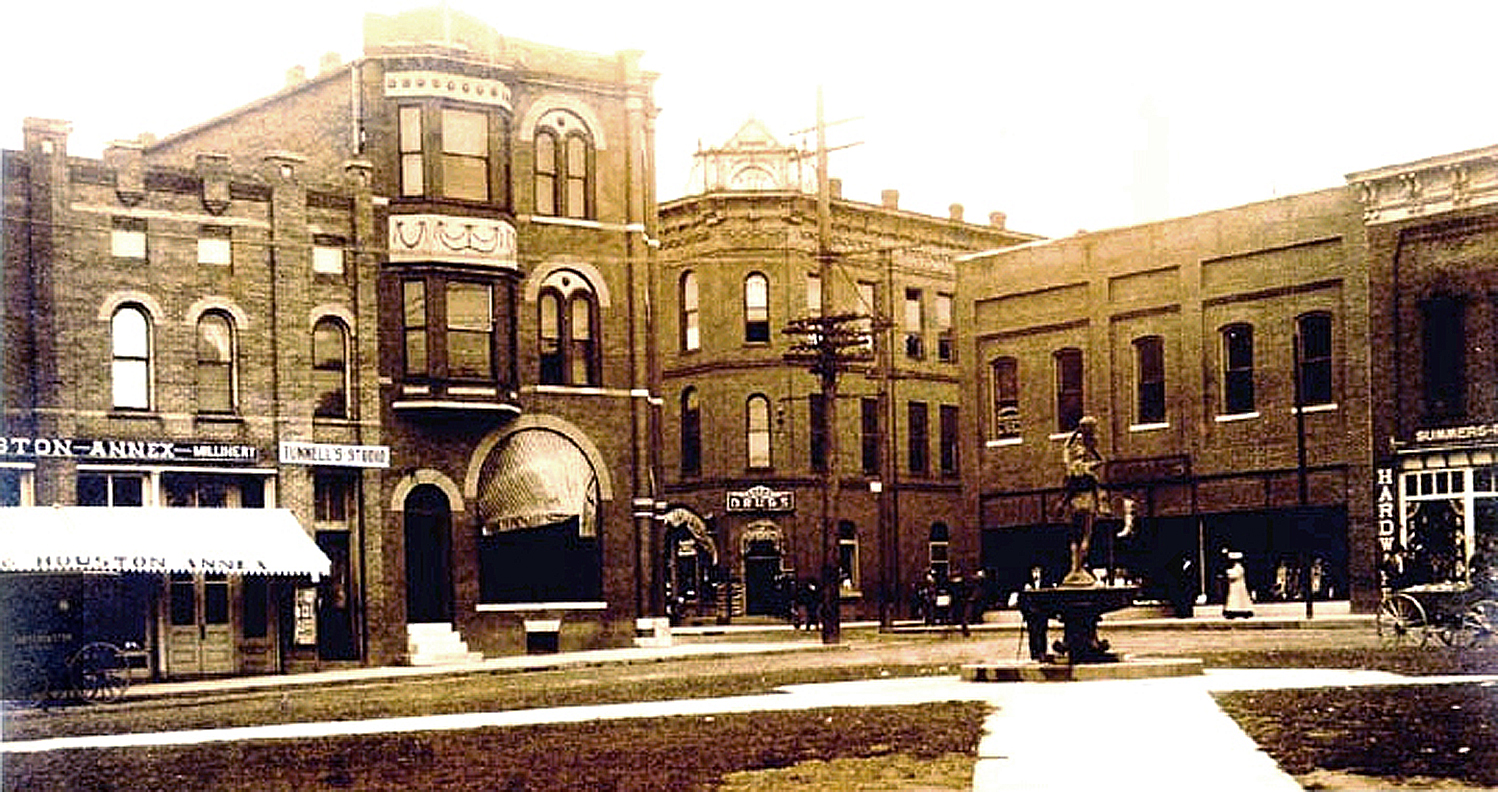The historic Boones Creek community was the site of the famed old Boone tree that for more than 150 years carried the inscription carved by Daniel Boone with his hunting knife: “D. Boone cilled a bar on the tree in year 1760.” On Friday, May 14, 1948, the community residents hosted a noteworthy open-house event.

Johnson City Press-Chronicle
The affair was sponsored by the Boones Creek Community Club, which was the 1947 winner in the Washington County and East Tennessee Community Improvement Contest.
Roy Brumit, president of the community, said everything was in readiness for the entertainment of an estimated 600 visitors from 150 communities in 25 counties.
Approximately 75 representatives of the Knoxville Civic Club, sponsor of the East Tennessee contest, awarded more than $3000 annually to contest winners. Also, representatives of the Johnson City Press-Chronicle were guests of honor. They annually sponsored the Washington County contest with a contribution of $700.
In addition, invitations were extended to Extension Service personnel at the University of Tennessee, as well as presidents of the other 14 Washington County community clubs, radio and newspaper representatives from Knoxville, Kingsport and Johnson City. Several Tennessee Valley Authority personnel were also on hand.
Between 18 and 20 automobiles transported the Knoxville delegation. They were met at the Greene County line by representatives of the Boones Creek community, Extension Service personnel and Press-Chronicle representatives, led by a state Highway Patrol escort. The officers escorted them through historic Jonesboro (Jonesborough) and Johnson City to Boones Creek.
All of the communities' facilities were open to visitors. The day schedule started with a tour at 10 a.m., starting at the high school building, luncheon at noon in the school cafeteria and a program following the luncheon.
The concluding feature of the program was the awarding of a silver platter to Carl S. Jones, Jr., publisher of the Press-Chronicle, sponsor of the country contest. The award was made by Terry Horn, chairman of the East Tennessee contest for outstanding service in the development of better homes and farms in East Tennessee.
The tour included three stops. The first was at the home of Mrs. J.D. Kefauver with a view of her kitchen and walk-in freezer. The Keefauver Brothers' prize-winning Angus herd was also inspected.
The next stop was the super-pasture demonstration project sponsored by the Boones Creek Community Club and at the farm of Mrs. W.T. Hayes. The final visit was at the Wayland Crouch home to inspect a new dairy barn and the owner's herd of registered Hereford cattle.
Buses were then engaged to take the visitors on a tour where community leaders pointed out points of interest, including remodeled and new homes, registered cattle, good pastureland, churches and several historical spots. Sound practices of farming and organizational development techniques were explained to the invited guests.
During lunch, the visitors were taken for a ride to the top of the John Glaze Hill for a panoramic view of the community. The program began at 2 p.m. with group singing and devotions by the Rev. Paul White. Roy Brumit, club chairman, gave the welcome address and recognized the visitors. Reports on 1947 community work was given by Ivan Range, Mrs. Lee Carter, Wayland Crouch and W.M. Bowman.
Explanation of the community work was outlined by the building of a pyramid, which represented the communities endeavor to build and develop the people, soil, plants and animals, country homes, business and industry, city homes, public utilities, taxes and roads, schools and recreation and churches.
And finally, the newspaper participated in the program by explaining the part of business and industry, city homes, public utilities, taxes and roads.

